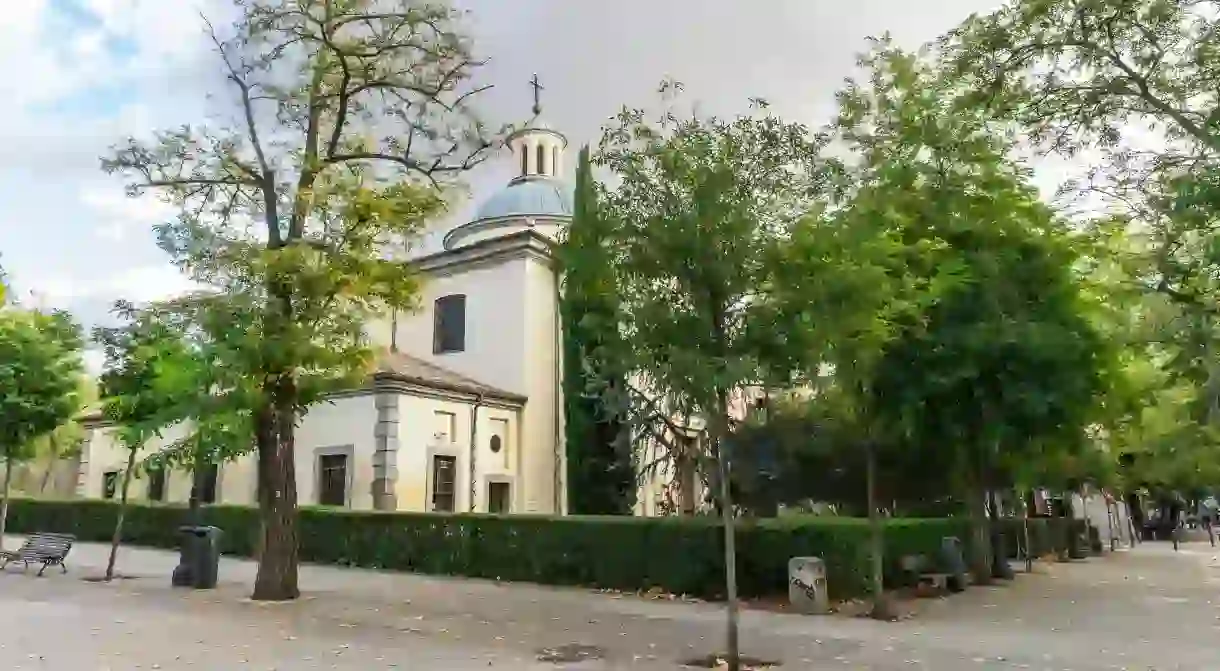Where To See Francisco Goya's Art

Spanish painter Francisco Goya (1746-1828) lived at a time of political and social change in Europe, as the Enlightenment led up to the French Revolution and a completely new era in history. Accordingly, he strove to capture the human experience in new ways, not flinching from very dark themes, as in his set of prints titled The Disasters of War (1810-1820) or his famous Black Paintings (1819-1823). Here we’ve selected the best place to see this master painter’s work.
Prado Museum, Madrid
Art Gallery, Museum

Spain’s most famous museum in Madrid has one of the world’s finest collections of European art, including over 140 paintings by Goya, allowing visitors to get a real overview of the artist’s entire production, from his early portraits to the Black Paintings of his later years. His works on display at the Prado include the iconic Maja paintings (1797-1805) – two versions of the same portrait of a young woman, one a nude – and a shining example of historical painting with the seminal Second of May (1814) and Third of May (1814).
Meadows Museum, Texas
Museum, University

The Meadows Museum in Dallas is home to an incredible range of Spanish art, one of the largest collections outside of Spain. It includes masterpieces by Velazquez, Miró, Picasso, and, of course, Goya. This also means that visitors can see his paintings in the context of his country’s artistic history and better appreciate the influence he had on other artists. Highlights of the collection include Portrait of Mariano Goya, the Artist’s Grandson(1812-1814), one of his most successful late portraits, far from the grandeur and decorum of his early portraits of the royalty and aristocracy.
National Gallery of Art, Washington, D.C.
Museum

Situated on the National Mall in Washington D.C., this national art museum’s collection comprises well over 100 works by Francisco Goya, most of them etchings, giving a glimpse of a lesser-known side of the great painter. There is also a number of portraits of aristocrats and royals, like 1783’s María Teresa de Borbón y Vallabriga, later Condesa de Chinchón, but also of common people such as the yet unidentified Young Lady Wearing a Mantilla and Basquina(1800-1805). Unfortunately, many etchings, especially those created from Velasquez’s paintings, are currently not on view.
Metropolitan Museum of Art
Museum

One of the most visited museums in the world, the Met contains some of Goya’s finest works, including the renowned portrait of a small boy, Manuel Osorio Manrique de Zuñiga, better known as The Red Boy (1787-1788) (it was actually reunited with portraits of other family members for the first time at the Met’s 2014 exhibition). Only about a dozen of the hundreds of works in the collection are on display, but the mix of paintings and etchings gives a good overview of Goya’s career.
Real Parroquia de San Antonio de la Florida

Also known as the Royal Chapel of St. Anthony of La Florida in English, this neoclassical chapel in Madrid is known for its magnificent ceiling and dome frescoes by Goya and his assistant Asensio Julia in 1798. They portray miracles performed by Saint Anthony of Padua, a 13th-century Portuguese monk and the patron saint of finding lost things. For example, the main cupola shows him raising a dead man, albeit in 18th-century Madrid instead of medieval Lisbon. Today, the chapel is also Goya’s burial place.













